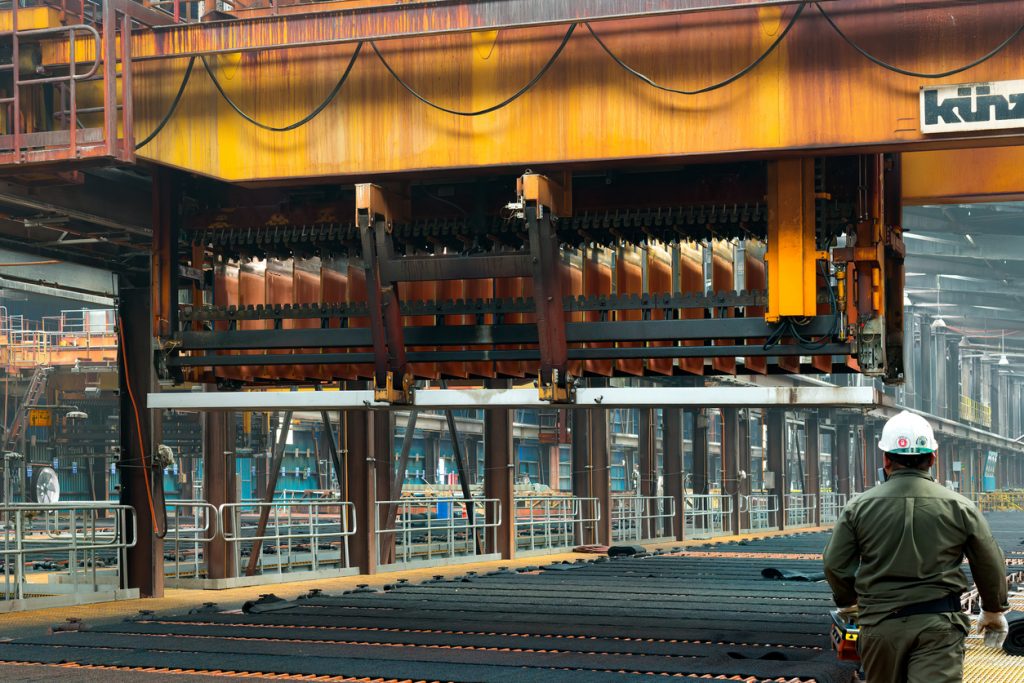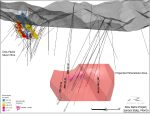
Bank of America (BofA) analysts are bringing attention to a shift in the copper market. According to them, copper prices are set to rise substantially by 2026. The expected increase is due to the metal’s decoupling from traditional market cycles, driven by the global energy transition and technological advancements. This phenomenon should see copper stop following the broader commodity market trends in the coming quarters and hold on to a bullish trend in the coming years.
The April 8, 2024 report by BofA, co-authored by commodity strategist Michael Widmer, points out the central issue of tight copper mine supply which is putting a strain on refined production. There are not enough new mine projects to meet the demand, and this is starting to have a noticeable effect on the market. The primary concern highlighted in the report is the increasing cost of capital for mines and the slow pace at which copper prices are catching up. These factors are pushing copper into a significant market deficit, expected to reach 324,000 tonnes this year, and growing to a massive 743,000 tonnes by 2026.
Currently, copper prices are already showing a sharp increase. Over just two months, the price surged by over 15% to $9,419.50 per tonne as of April 8, nearing a 15-month high. This uptick follows disruptions in mine production that led to the shutdown of refined copper capacity at several Chinese smelters, which account for a substantial part of global production. As of the latest trading, copper was at $9,363 per tonne. The record price for copper was set in May 2021 when it hit $10,747.50 per tonne. This peak was due to intense demand from China coupled with supply disruptions caused by the COVID-19 pandemic. Despite these potential supply issues, the demand for copper is only growing. This is driven by investments in green technologies, a recovering global economy, the restocking of supplies, and the anticipation of potential rate cuts.
The relevance of copper in renewable energy technologies, electric vehicles (EVs), and infrastructure development is particularly critical. Its essential role in these areas makes it a key component in the shift towards a more sustainable global economy. The reliance on copper for these technologies exacerbates the impact of any supply shortfalls. BofA has also pointed out China’s considerable influence in the copper market, emphasizing that the country’s investment decisions, especially regarding green technologies, have a substantial effect on global copper demand. However, even if China were to reduce its green investments, which could theoretically ease demand pressures, the supply constraints would still drive bullish price trends.
The forecast from Bank of America has raised the alarm for the mining industry, which is currently facing the dual challenge of meeting the growing demand for copper while contending with increased capital costs and supply constraints. The projected deficits and surging prices are a wake-up call for an industry that must balance the urgency of exploration and development with the financial realities of bringing new mines online.
The impact of these market dynamics is far-reaching. Mining companies are now under immense pressure to ramp up exploration and fast-track the development of new mines. However, exploration is a time-intensive and risky investment, with no guarantee of discovery. It involves extensive geological surveys, regulatory hurdles, and significant capital before any potential returns can be realized. The industry is also grappling with aging mines, where the easy-to-reach copper has already been extracted. This require more sophisticated and expensive extraction techniques to tap into lower-grade ores.
Companies might need to invest more in technology that can improve the efficiency of existing operations, reduce the environmental impact, and potentially discover new deposits. This might include the use of artificial intelligence in geological data analysis, remote sensing technologies for exploration, and automation in mining operations. The forecasted rise in copper prices also has the potential to reshape the geographic landscape of copper mining. Countries that have untapped copper resources may find themselves at the forefront of new mining endeavors, which could shift the current centers of copper production.
For now, traders will be watching copper futures closely for signs of any change or acceleration in momentum, and over the long-term, investors have already begun moving back into copper exploration equities as they have bottomed out since the market sell-off in early 2023.




 Follow us on Twitter
Follow us on Twitter Become our facebook fan
Become our facebook fan










Comments are closed.